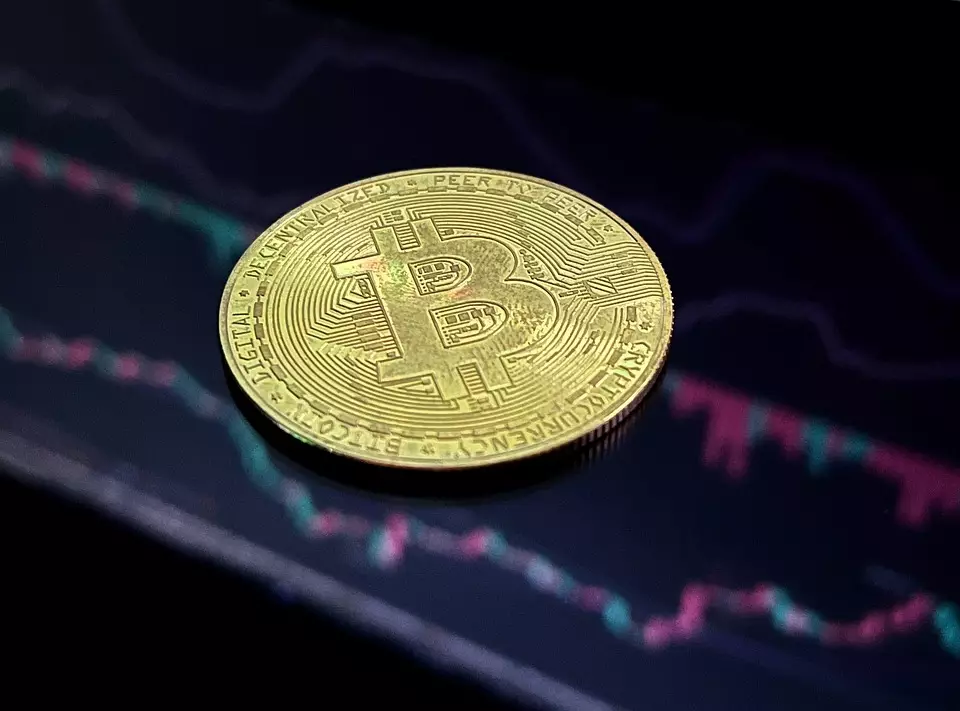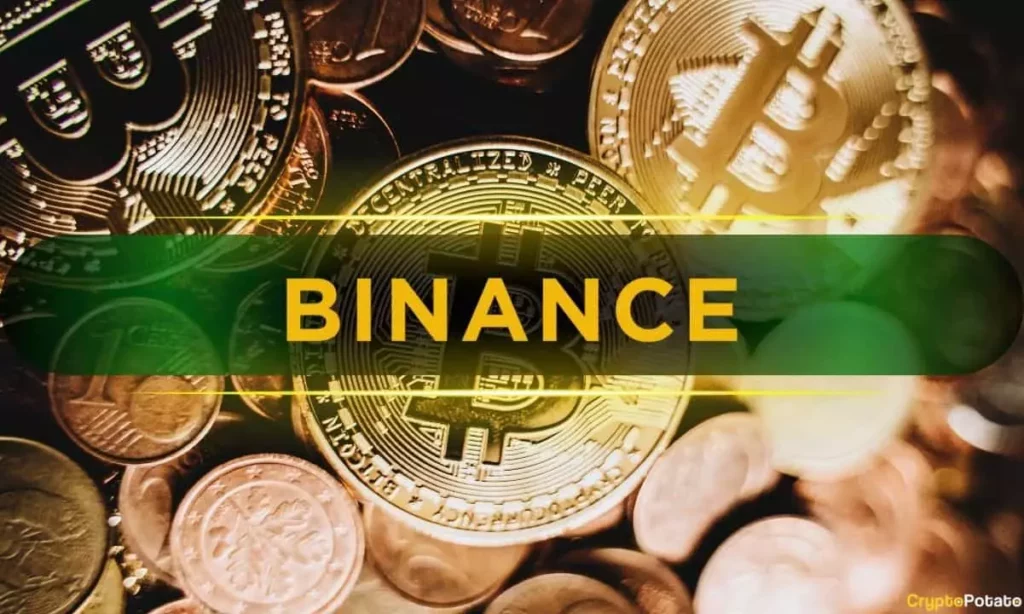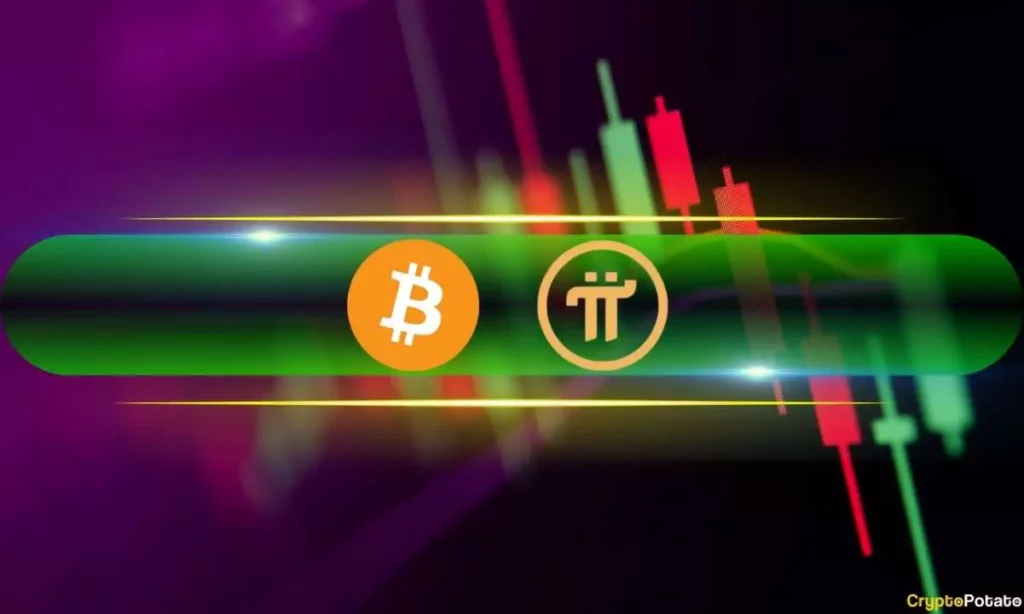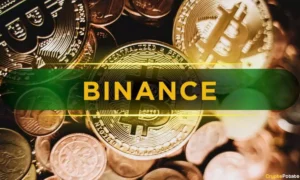Binance’s recent surge in derivatives trading volume undeniably cements its position as the undisputed titan of centralized exchanges. Claiming over half of the entire market’s futures volume, Binance appears poised at the pinnacle of industry dominance. However, behind this façade of strength lies a disturbing paradox: declining user engagement. A closer examination reveals that while
The recent price swings in Bitcoin serve as a stark reminder that the cryptocurrency market remains perilously unpredictable, undermining any perceived maturity. Contrary to the narrative of a steadily growing asset class, Bitcoin’s abrupt dips below $113,000—after being rejected at $116,000—highlight structural vulnerabilities that cannot be ignored. This volatility is not merely noise but signals
In an era where personal data has become the new currency, the allure of innovative blockchain projects often masks a darker intent: the exploitation of biometric information. Recent revelations about foreign entities collecting iris scans under the pretext of token distribution reveal a disturbing trend that threatens both individual privacy and national security. These biometric
Bitcoin has staged yet another precarious rebound, but beneath this superficial bounce lies a troubling reality. After plummeting to $112,000—an ominous retreat from its recent highs—cryptocurrency investors are tempted to believe in a renewed bull run. Yet, this move is more akin to a fleeting mirage than a genuine turnaround. The rally back to $115,000
The prevailing chatter within the crypto community suggests that Bitcoin may be nearing its zenith this cycle, with many analysts forecasting a peak as early as late 2023 or early 2024. However, this narrative warrants a thorough, critical examination. The idea of a swift, decisive climax is appealing to those eager for quick gains, yet
In recent months, the blockchain industry has triumphantly announced the arrival of a groundbreaking technology that promises to bridge the chasm between traditional finance (TradFi) and decentralized finance (DeFi). The deployment of Data Streams by Chainlink aims to bring U.S. equities and ETFs onto the blockchain, ostensibly creating a transparent, accessible, and 24/7 trading environment.
The recent guidance issued by the SEC’s Division of Corporation Finance marks a pivotal moment in the cryptocurrency landscape. By asserting that liquid staking and its associated receipt tokens (SRTs) do not automatically qualify as securities, the agency attempts to carve out a legal comfort zone amidst an otherwise uncertain regulatory environment. However, this move
Achieving on-chain governance was heralded as a revolutionary step for Cardano, promising a future where power resided squarely in the hands of its community. However, this milestone masks an uncomfortable truth: genuine decentralization remains elusive. While the community now votes on core development funding, the influence wielded by core developers and the broader ecosystem is
Coinbase’s recent announcement of raising a staggering $2 billion through convertible senior notes is, on the surface, a bold move aimed at bolstering its financial position. However, digging deeper reveals a complex landscape riddled with potential pitfalls that savvy investors should scrutinize. While the company portrays this capital infusion as a strategic necessity—funding operations, investments,
Bitcoin, often heralded as the digital gold, continues to exemplify the mercurial nature synonymous with cryptocurrencies. Despite its recent attempt to stabilize, there’s a palpable sense of vulnerability permeating the market. The recent drop below a pivotal support level—around the $117,200 mark—signals more than just a temporary correction; it underscores the precarious state of Bitcoin’s


























